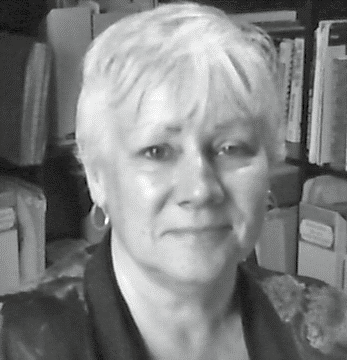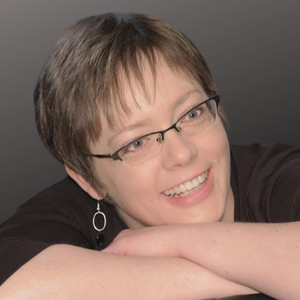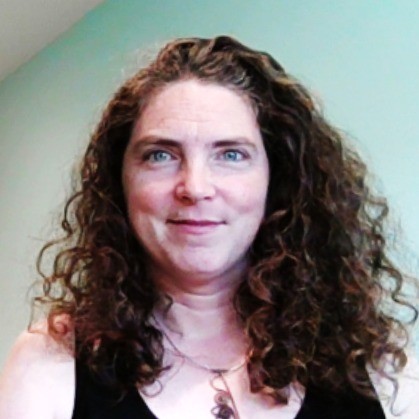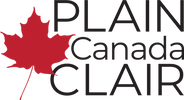Our virtual conference on January 22, 2024, began with Michelle Boulton who welcomed participants and set our agenda for the day.
We were honoured to host speakers Julie Clement, Christa Ptatschek, Michelle Boulton, Rowan King, and Katie Stafford. Their informative sessions covered the International Organization for Standardization (ISO) plain language standard, workplace culture and communications strategies, une refonte en langage clair et simple pour vos tableaux et graphiques and building accessible documents.

Julie Clement

Christa Ptatschek

Michelle Boulton

Rowan King

Katie Stafford
Julie Clement, president of Clarity International, provided a history of the ISO plain language standard (ISO 24495-1:2023(E)). She emphasized that the standard is Part 1 and that it is a guideline document for practitioners. A key element of the standard is the definition of plain language in section 3.1:
communication in which wording, structure and design are so clear that intended readers (3.2) can easily
— find what they need,
— understand what they find, and
— use that information
Work is now under way for Part 2, plain legal writing and drafting, and Part 3, science writing and drafting.
If you are interested in participating in this work, Julie encourages you to do the following:
- Join a national standard body
- Comment on drafts as a member of a liaison organization (e.g., PLAIN, Clarity, Center for Plain Language)
For more information, email Julie at president@clarity_international.org.
Christa Ptatschek shared her experiences working on teams responsible for implementing plain language writing and design in the workplace. She gave an overview of the elements that led to successful projects and others that derailed the team and progress.
Michelle Boulton delivered a French-language session outlining how to use plain language writing and design principles to improve tables and graphs. Michelle gave the same presentation in English in 2022, and a recording of that presentation is available in the members-only library.
Rowan King and Katie Stafford provided details on how to build accessible Word, pdf, and html documents. They shared statistics on literacy and disabilities in Canada and emphasized how important it is to write for disabilities you can’t see. For example, you need to consider barriers to access like colour blindness, hearing loss, vision loss, mental health or chronic illness, and cognitive disabilities (such as memory loss, dyslexia, or ADHD).
Finally, Michelle Boulton led a guided discussion at the end of the conference to gather feedback about the conference and ideas about what would make Plain Canada Clair a meaningful organization. Participants expressed an interest in more resources and links related to plain language writing and design. We heard you, and we’ll strive to find and share resources.
